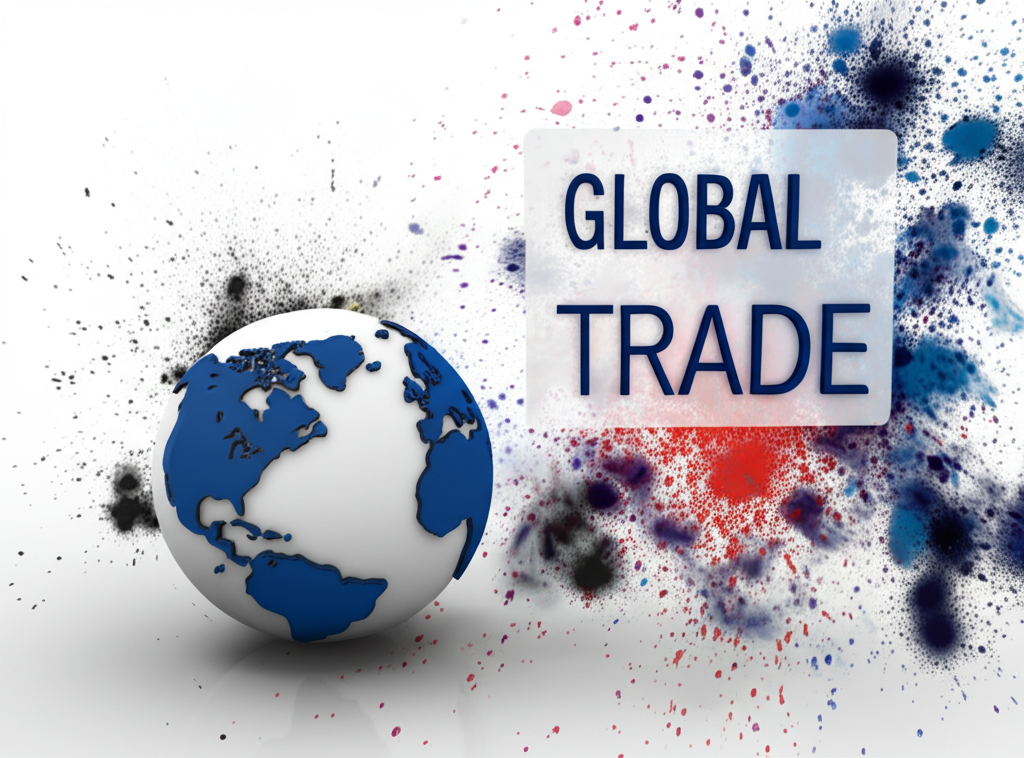- Tariffs are biting: Trump’s tariffs on China, steel, and more are squeezing businesses.
- Shrinkflation is back: Companies are reducing product sizes to hide price increases.
- DIY nation: Expect to assemble more of your purchases at home.
- Eco-friendly… or cheap?: Some packaging changes might look green, but they’re mostly about saving cash.
The Tariff Tightrope: How Businesses are Scrapping to survive
President Trump’s trade policies are shaking things up for businesses across the United States. With tariffs on goods from China, steel, aluminum, and potentially even Canada and Mexico, companies are feeling the squeeze. They’re stuck between a rock and a hard place: raise prices and risk losing customers, or eat the extra costs and watch their profits shrink.
Desperate Times, Creative Measures
So, what’s a business to do? Get creative, of course! Here are some of the tricks they’re pulling to stay afloat:
No More Freebies: Batteries are the First to Go
Remember when toys always came with batteries included? Those days might be over! Companies are cutting costs by leaving batteries out of the box. So, make sure you have some AAs on hand, because you’re gonna need ’em.
Package Slimming: Less is More (for Their Wallets)
Say goodbye to fancy packaging! Businesses are opting for simpler, smaller boxes, or even no packaging at all. This saves them money on materials and shipping, but it might also make products look a little less appealing on the shelf. Steve Rad, CEO of toy maker Abacus Brands, is switching from plastic to cardboard inserts in their packaging, saving a significant amount per unit.
DIY Nation: Assembly Required!
Get ready to roll up your sleeves! To save on shipping costs, companies are shipping products in pieces, meaning you’ll have to assemble them yourself. That self-watering planter you just bought? It’s gonna arrive in a bunch of separate parts. Hope you’re good with an Allen wrench!
Shrinkflation Returns: The Sneaky Way to Raise Prices
Remember shrinkflation? It’s back! Companies are quietly reducing the size or weight of their products without lowering the price. That toilet paper roll might be a little thinner, or that bag of chips might have a few less chips inside. Sneaky, right?
The Future of Shopping: Are We Sacrificing Quality for Price?
These cost-cutting measures might help businesses survive the tariff wars, but what about consumers? Are we sacrificing quality and convenience to keep prices low? It’s a question worth asking as we navigate this new economic landscape.
Expert Advice: Collaboration is Key
Kimberly Kirkendall, a supply-chain consultant, advises businesses to work closely with their suppliers to find cost-saving solutions. Collaboration and innovation are essential to weathering the storm.
Sasha Iglehart, founder of Shirt Story, is proactively seeking local vendors to avoid potential tariffs on goods from the European Union. This highlights the importance of adaptability and diversification in the face of trade uncertainties.
The Long-Term Impact: What Does it All Mean?
The long-term effects of these tariffs and cost-cutting measures are still uncertain. Will businesses be able to maintain quality while keeping prices competitive? Will consumers accept smaller sizes and DIY assembly? Only time will tell. One thing is clear: the world of retail is changing, and we’re all along for the ride.




